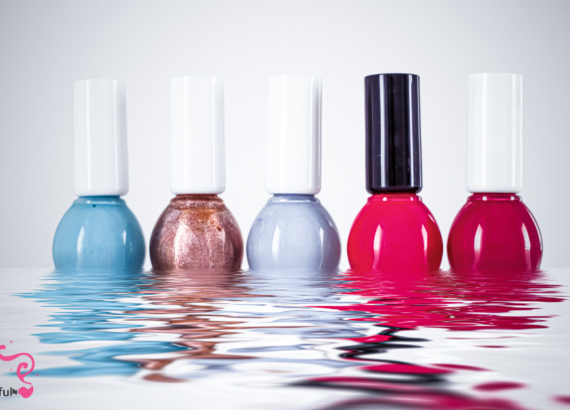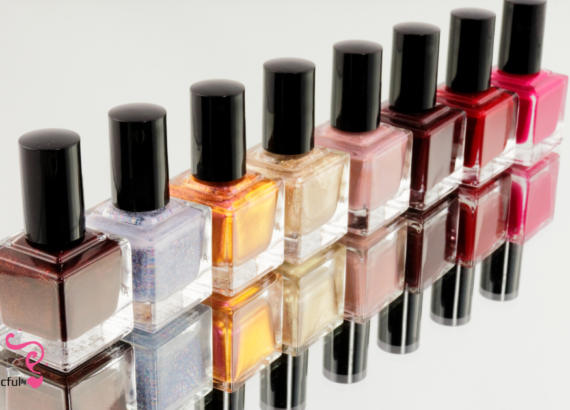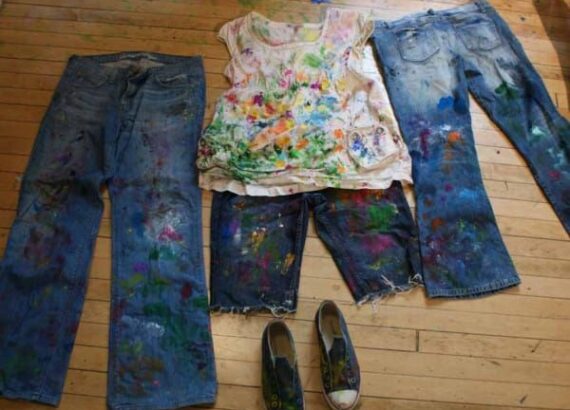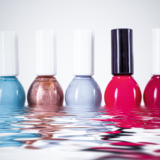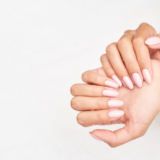Does paint dry darker or lighter?
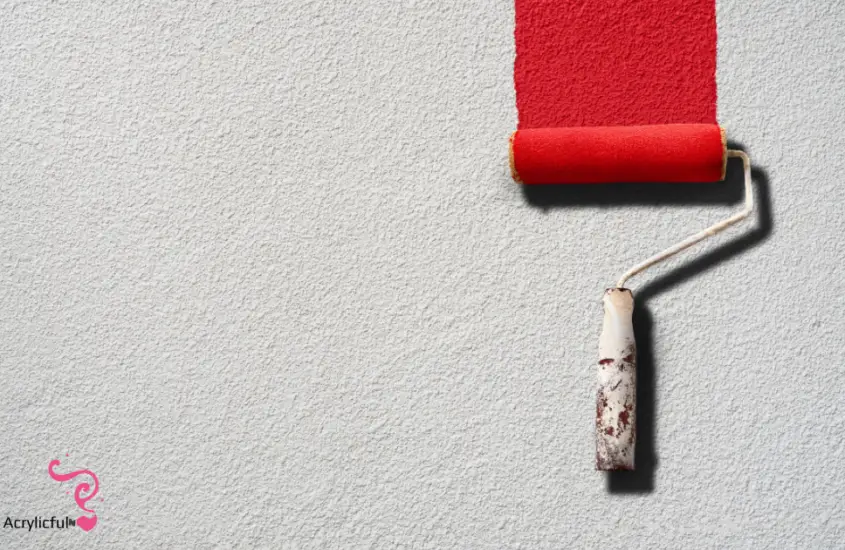
Painting is a delightful and transformative endeavor that allows us to infuse life and personality into our living spaces. As you embark on your next painting project, you might have found yourself pondering a common question: Does paint dry darker or lighter? This seemingly simple query has intrigued many artists, DIY enthusiasts, and homeowners alike. In this article, we’ll embark on an exciting journey into the world of paint drying, unveiling the truth behind this intriguing phenomenon.
I. The Myth Unveiled: Does Paint Dry Darker or Lighter?
Let’s set the record straight right from the start – paint typically dries darker. Yes, you read that correctly! The belief that paint dries lighter is one of those persistent myths that has managed to find a cozy corner in the minds of many. However, the science behind the drying process reveals a fascinating truth that might challenge your preconceptions.
II. Understanding Color Transformation
To truly grasp why paint tends to darken as it dries, we need to delve into the world of pigments and binders. Paint is composed of pigments, which provide the color, and binders, which hold the pigments together and adhere them to the surface. When wet, paint appears lighter because the liquid portion (solvent) refracts light differently than when it’s dry.
As the solvent evaporates, the pigments come closer together, resulting in a more concentrated color. This phenomenon is especially noticeable in watercolor painting, where the colors can appear vibrant and intense while wet, only to settle into a deeper hue as they dry.
III. The Role of Transparency and Opacity
The transparency or opacity of a paint also plays a significant role in how it appears when dry. Transparent pigments allow light to pass through and reflect off the underlying surface, creating a sense of luminosity. On the other hand, opaque pigments block light, resulting in a denser and potentially darker appearance.
Keep in mind that the type of paint you’re using – whether it’s acrylic, oil, watercolor, or another medium – will influence how the color transforms during the drying process. Acrylics, for instance, tend to dry closer to their wet color compared to oils, which can exhibit more noticeable shifts.
IV. Factors Influencing Color Change
Several factors contribute to the color change that occurs as paint dries:
1. Binder Evaporation:
As the binder dries and hardens, it can change the way light interacts with the pigments, leading to a shift in color perception.
2. Pigment Density:
As mentioned earlier, the pigments become more concentrated as the solvent evaporates, leading to a darker appearance.
3. Sheen Level:
The paint’s sheen, whether it’s matte, eggshell, satin, or glossy, can affect how light reflects off the surface and, consequently, how the color is perceived.
4. Underlying Surface:
The color of the surface you’re painting on can influence the final appearance. A white primer might make the paint look brighter, while a darker primer could result in a richer tone.
V. Managing Color Expectations
Now that we’ve established that paint generally dries darker, it’s crucial to manage your color expectations when starting a painting project. Here are some tips to help you navigate the color transformation process:
1. Test Swatches:
Before committing to a large area, create test swatches on the same surface you’ll be painting. This will give you a realistic preview of how the color will look when dry.
2. Consider Lighting:
Lighting plays a significant role in how we perceive color. Paint a small section and observe it under different lighting conditions to ensure you’re happy with the final result.
3. Account for Transparency:
Transparent and translucent pigments can have a more subtle color shift compared to opaque ones. Understanding the properties of your chosen pigments can help you anticipate the changes.
4. Consult Color Charts:
Many paint manufacturers provide color charts that show how their pigments might change as they dry. These charts can serve as a valuable reference.
Conclusion
The myth surrounding whether paint dries darker or lighter has been debunked – paint indeed dries darker due to the interplay of pigments, binders, and the evaporation of solvents. Armed with this newfound knowledge, you can confidently embark on your next painting adventure, making informed color choices and embracing the transformative power of paint.
As you pick up your brush and dive into a world of creativity, remember that understanding the science of paint drying empowers you to unleash your artistic vision and create spaces that truly reflect your personality and style.
So, go ahead, let your colors flow, and watch in awe as your masterpiece comes to life, revealing its true essence as it dries – darker and more enchanting than ever before.
